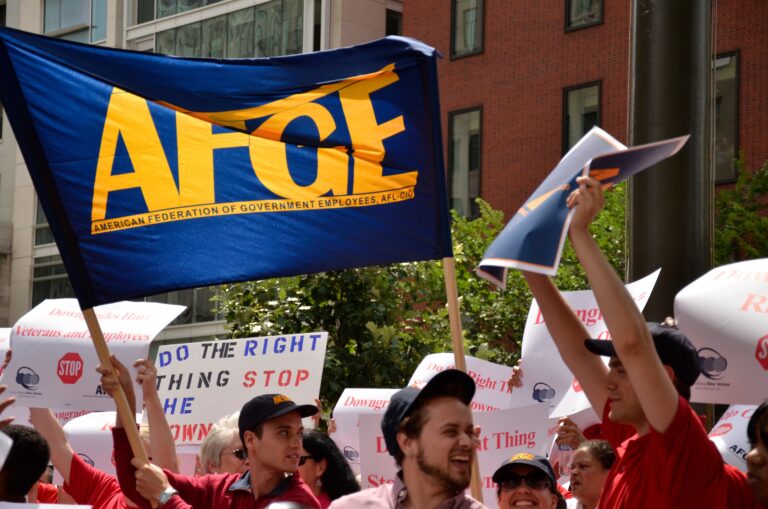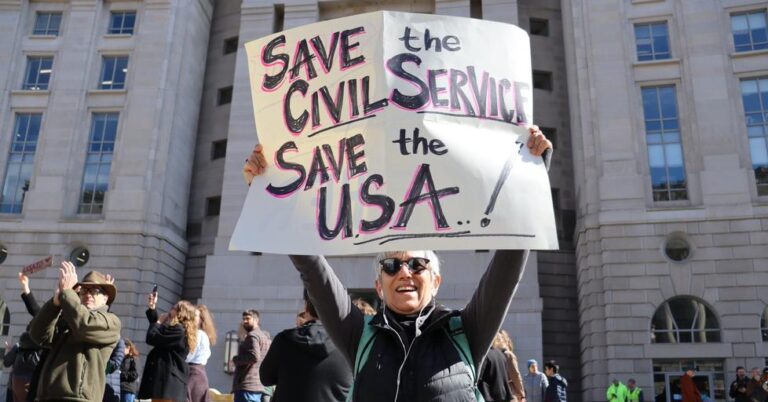Divya Nimmagadda is a student at Harvard Law School.
In the post-transition flood of executive orders and actions, one effort in particular takes special aim at diversity and inclusion measures with the federal workforce.
As part of a larger executive action and order aimed at dismantling DEI programming, President Trump rolled back the Equal Employment Act of 1965. The Act, in the form of an executive order (Executive Order 11246), was originally put in place by President Johnson in the midst of the Civil Rights Movement and the year after the passage of the Civil Rights Act of 1974. It instituted affirmative action programming within the federal workplace and “prohibit[ed] federal contractors from discriminating on the basis of race, color, religion, sex, sexual orientation, gender identity, or national origin.” Within the same action, Trump revoked another 2011 executive order that “Establish[ed] a Coordinated Government-wide Initiative to Promote Diversity and Inclusion in the Federal Workforce” and, in a forward-looking measure, is requiring the head of each agency to include in any government contract or grant “[a] term requiring such counterparty or recipient to certify that it does not operate any programs promoting DEI that violate any applicable Federal anti-discrimination laws.” Based on Trump’s directive, the Office of Personnel Management issued a memo ordering all DEI employees to be placed on administrative leave by Wednesday of next week.
We are already beginning to see the effects of the administration’s effort to limit the federal DEI infrastructure. A CIA spokesperson stated that the agency had gotten rid of its office for diversity and inclusion. The Agriculture, Treasury and Labor Departments had each taken down some webpages on diversity measures by yesterday morning.
Relatedly, yesterday, the administration sent out a message to federal employees warning them that they may face “adverse consequences” if they attempted to hide efforts by fellow colleagues or supervisors to defy the above order to end all DEI programs. Employees were given ten days to report such efforts to “disguise these programs by using coded or imprecise language.”






Daily News & Commentary
Start your day with our roundup of the latest labor developments. See all
December 8
Private payrolls fall; NYC Council overrides mayoral veto on pay data; workers sue Starbucks.
December 7
Philadelphia transit workers indicate that a strike is imminent; a federal judge temporarily blocks State Department layoffs; and Virginia lawmakers consider legislation to repeal the state’s “right to work” law.
December 5
Netflix set to acquire Warner Bros., Gen Z men are the most pro-union generation in history, and lawmakers introduce the “No Robot Bosses Act.”
December 4
Unionized journalists win arbitration concerning AI, Starbucks challenges two NLRB rulings in the Fifth Circuit, and Philadelphia transit workers resume contract negotiations.
December 3
The Trump administration seeks to appeal a federal judge’s order that protects the CBAs of employees within the federal workforce; the U.S. Department of Labor launches an initiative to investigate violations of the H-1B visa program; and a union files a petition to form a bargaining unit for employees at the Met.
December 2
Fourth Circuit rejects broad reading of NLRA’s managerial exception; OPM cancels reduced tuition program for federal employees; Starbucks will pay $39 million for violating New York City’s Fair Workweek law; Mamdani and Sanders join striking baristas outside a Brooklyn Starbucks.